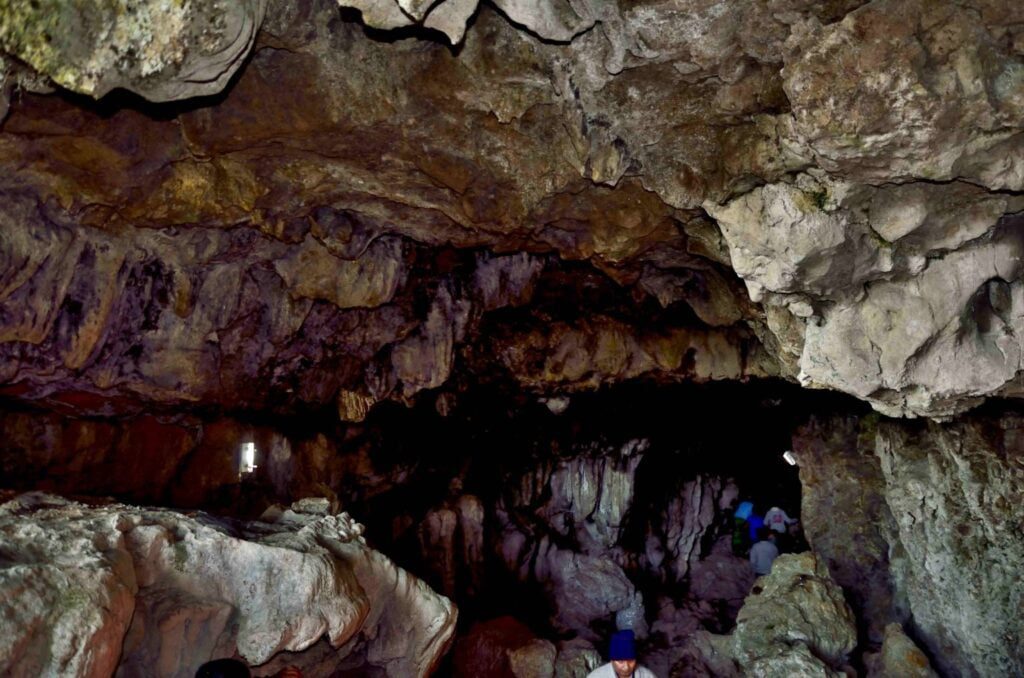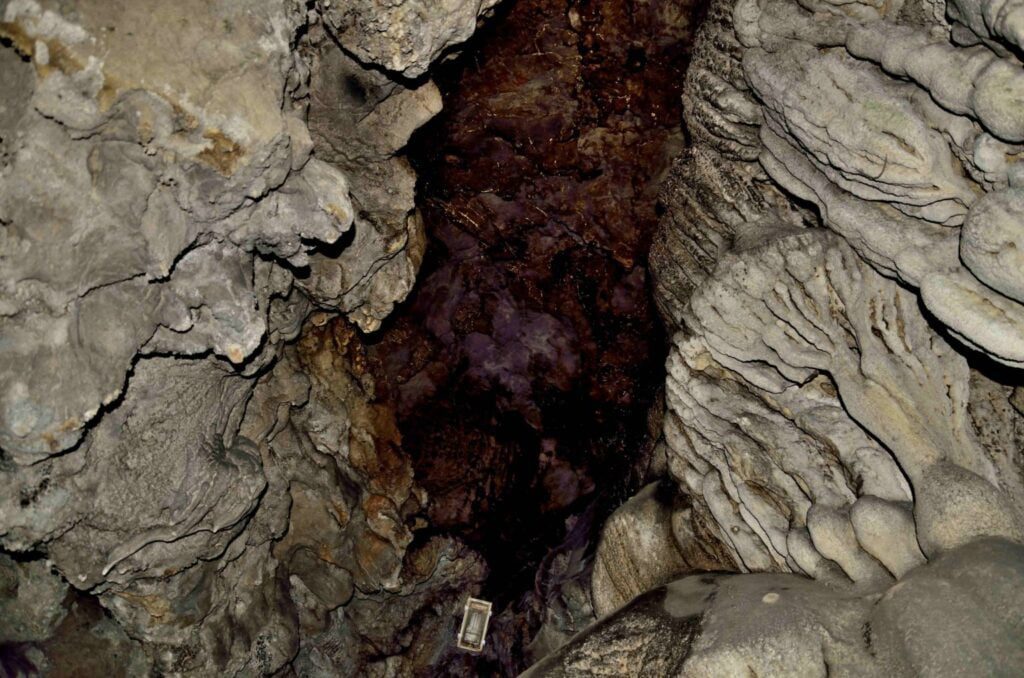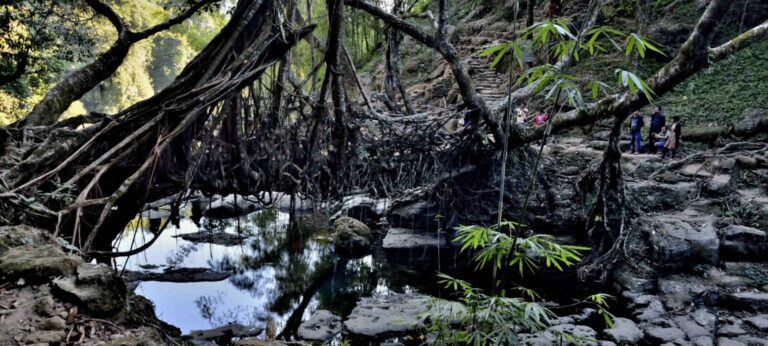Mawsmai Cave near Cherrapunji is regarded as one of the most popular and well-known tourist attractions in Meghalaya, India’s northeastern state. The spectacular natural cave attracts a large number of people. It is one of the top destinations to visit for history fans and adventurers.
Mawsmai Cave Meghalaya
The Mawsmai cave in Cherrapunji has a large and impressive entrance, as well as a dark and mysterious interior. The cave’s limestone formations will undoubtedly captivate you.
The Jaintia Hills are home to all of Meghalaya’s caverns, including India’s longest cave system. For many visitors, Mawsmai Cave is the most accessible cave because it is one of the few caves that can be explored without a guide.
It’s simply a taste of the caves and underground adventure world, which is a huge world in and of itself, requiring specialization.
I finally saw a little groove on a hill approximately 6 kilometers from Cherrapunji’s main town, after driving across a beautiful landscape of autumnal grassland. Mawsmai caves lie buried beneath these trees.
I came to a standstill in front of a posh parking lot with shops on both sides. Just before you reach the cave location, there is a ticket desk. The Mawsmai cave has a large entrance, but it quickly narrows into a little neck.
Caves in Cherrapunji
The cave has only one entrance and exit: one enters from one side and exits from the other. There are areas in the middle where you must bend and squeeze yourself out.
As beautiful and exciting as it was, it can be suffocating if you’re stranded with a huge group. As the channel narrowed, our walking speed slowed.
There was no turning back and no quick way forward. In front of us was a chubby lady. She couldn’t quite squeeze into one of the smaller apertures.
All she needed was a little athleticism, which her fat-laden frame couldn’t provide. She couldn’t take it any longer after a few harrowing experiences.
In the cave, she made a human snarl. It was an extremely horrible experience. Electricity is used to illuminate the cave.
There are no lamps or lanterns required. It somehow takes away the thrill of embarking on an unknown route, which is precisely what it should be. Entering a well-lit cave has the advantage of allowing you to view every aspect of the rock formation.
The colors and patterns come to life, and you can interpret the figures in any way you like. There was one figure in particular that looked like elephant feet.
The light catches the gleaming rocks. The tips were dripping with water. It’s difficult to fathom how such a minor force of nature could create such hard stones.
Caves in Meghalaya
It was a magnificent show of nature’s might. The alteration, on the other hand, is so minor that I won’t notice any difference in ten years.
Tiny drops falling down the gleaming lime stone, on the other hand, continue to work patiently like a patient artist. The cave is home to a variety of flora and wildlife, as well as bats and insects.
A narrow passage on the right side leads to a blind termination. It then expands into a much larger room-like structure known as the “double story.” The cave is only 150 meters long in total. So it’s not exactly a great adventure, but people seem to enjoy it more than I anticipated.
Many people have told me that it was the most intriguing sightseeing they’ve ever experienced. People are more accustomed to visual delights such as waterfalls and lush forests.
This was a pleasant surprise. We’ll never forget this glimpse into the underground realm. Limestone mining for the cement industry is a major threat to Meghalaya’s caves, resulting in the collapse of the Krem Mawmluh cave, the state’s sixth longest cave.
The “cave-in” raised public awareness about the possible harm that mining sites pose to the rich scientific, tourism, and natural legacy of the region.
Ecologists and speleologists pressed the Meghalaya government to take immediate action to halt limestone mining near the state’s limestone caverns.
A cement mill was planned at the Siju Cave (also known as the Bat Cave) near Balpakram National Park in the Garo Hills in the mid-1990s.
Because the cave is home to many unique species of bats, the initiative was met with intense opposition from the local community, which was backed up by international scientists. The Ministry of Environment and Forests finally withheld approval for the project after significant public pressure.
Share to stand out from the crowd with this Blog.




